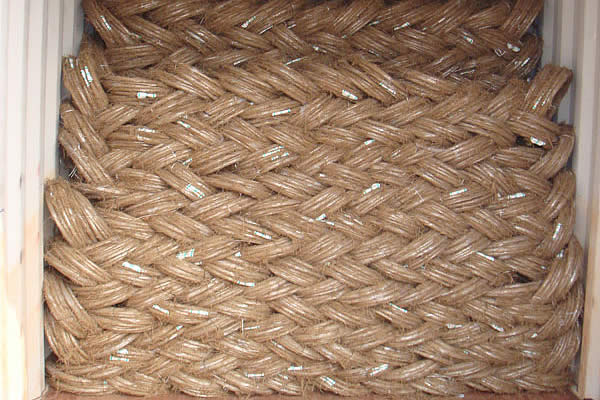 TEL:
+86-13102802206
TEL:
+86-13102802206
 Email:
fencenetting@china.com
Email:
fencenetting@china.com
 Language
Language
 TEL:
+86-13102802206
TEL:
+86-13102802206
 Email:
fencenetting@china.com
Email:
fencenetting@china.com
 Language
Language


Understanding 316 Stainless Steel Tie Wire Properties and Applications
In the world of manufacturing and construction, the choice of materials plays a critical role in ensuring the durability and performance of products. Among the various materials available, 316 stainless steel has emerged as a popular choice for tie wire, owing to its exceptional properties and versatility. In this article, we will explore what 316 stainless steel tie wire is, its unique characteristics, and its numerous applications.
316 stainless steel is an austenitic alloy primarily composed of iron, chromium (16-18%), nickel (10-14%), and molybdenum (2-3%). The addition of molybdenum is significant as it enhances the steel's resistance to chlorides and other corrosive elements, making it particularly suitable for harsh environments. This alloy is known for its excellent corrosion resistance, which is crucial in applications exposed to moisture, salt, and various chemical substances.
One of the key advantages of 316 stainless steel tie wire is its strength and flexibility. It can be easily manipulated into various shapes without losing its structural integrity. This makes it an ideal choice for securing materials in construction, manufacturing, and various industrial applications. Its ability to maintain tightness and hold materials together securely is vital in projects where stability is paramount.
Another notable property of 316 stainless steel is its high-temperature resistance. This tie wire can withstand elevated temperatures, making it suitable for applications in environments that experience fluctuating thermal conditions. This resilience against heat is beneficial in industries such as oil and gas, where components may be subjected to extreme conditions.

The aesthetic appeal of 316 stainless steel also plays a role in its popularity
. Its shiny, polished surface not only adds a visually appealing element but also provides a protective layer that enhances resistance to oxidation and wear. This aesthetic quality ensures that applications requiring a cleaner look, such as in architectural designs or art installations, can benefit from the utilization of 316 stainless steel tie wire.In terms of applications, 316 stainless steel tie wire is used extensively in a variety of sectors. In the construction industry, it is often employed for tying rebar, supporting scaffolding, and securing other building materials. Its corrosion resistance makes it invaluable in marine environments, where exposure to seawater can quickly deteriorate inferior materials. Additionally, 316 stainless steel tie wire is commonly utilized in the transportation and aerospace industries for securing components and improving structural integrity.
Furthermore, its applications extend into everyday items, including jewelry, surgical instruments, and household goods, where strength and resistance to tarnishing are required. In the manufacturing of goods that demand high standards of hygiene, such as in the food processing and pharmaceutical industries, 316 stainless steel tie wire offers the necessary cleanliness and reliability.
In conclusion, 316 stainless steel tie wire is a versatile material that combines durability, flexibility, and resistance to corrosion, making it an excellent choice for various applications. Its widespread use across multiple industries showcases its importance in modern manufacturing and construction, as well as in everyday products. As technology continues to advance, the demand for high-performance materials like 316 stainless steel tie wire will likely continue to grow, further solidifying its role in ensuring safety, reliability, and innovation in numerous applications.